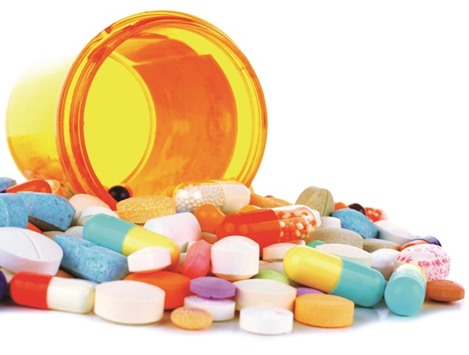
Medicines
Medication errors are very common. The Centers for Disease Control and Prevention estimates that 82% of adults are on at least one medication and 29% take five or more. With numbers such as those, it’s no wonder mistakes happen. The CDC also says adverse drug events, which are instances where medication errors cause harm, are responsible for an approximated 700,000 emergency department visits a year. Some typical medication errors include:
- Taking over-the-counter products that contain acetaminophen when you’re already taking a prescription pain medicine that contains acetaminophen, possibly exceeding the recommended dose and increasing the risk of liver damage
- Taking prescription medications that go by different names but include the same ingredients, increasing the risk of overdose
- Mixing up eye drops with ear drops
- Chewing nonchewables
- Cutting up pills that should be taken whole
- Using the wrong spoon to measure dosage
- Missing or doubling up on doses
Why do medication errors happen? Mayo Clinic experts say some of most common reasons are poor communication between healthcare providers, poor communication between providers and their patients, many medications having sound-alike names or abbreviations, and many medications looking similar. The following tips can help keep you and your family safe.
- Ask questions: Find out when and how to take the medication and if there are potential side effects
- Review medication list with your healthcare provider
- Keep an up-to-date list of all your medications, including nonprescription and herbal products
- Store medications in their original labelled containers
- Keep medications organised by using a pillbox or pill dispenser
- Save information sheets that come with your medications
- Use the same pharmacy for all of your prescriptions
- Don’t give your prescription medication to someone else and don’t take someone else’s
A process called medication reconciliation will also help prevent medication errors. Medication reconciliation is when you compare your current or updated list of medications, both prescription and over-the counter, to what you have been taking. This should be done every time a medication changes or you interact with a new healthcare provider.


